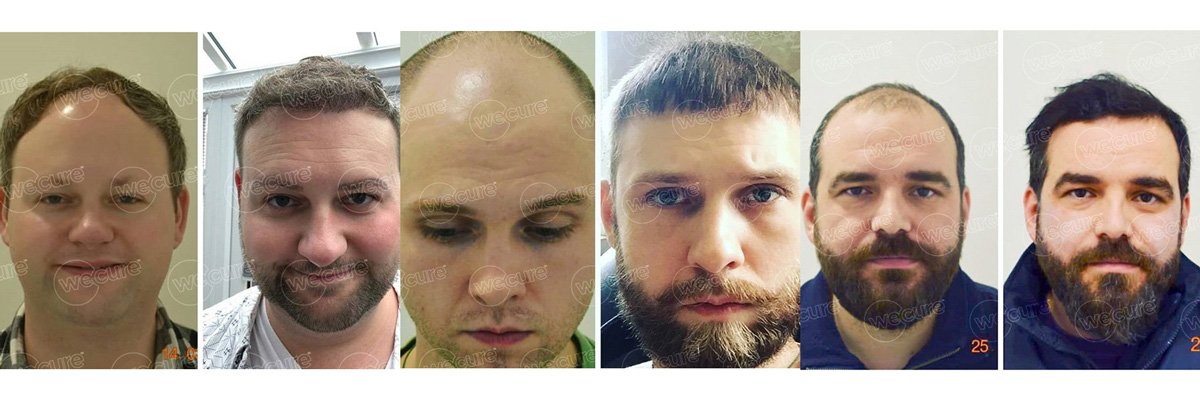How to Know if you’re Ready for a Hair Transplant
Your hair is called your “crowning glory” for a reason — it’s part of your identity and contributes to your self-esteem and confidence. But for some, it can be disheartening when hair starts to recede, thin or fall out. Hair loss is a common condition experienced by both men and women alike. While there are people that go through hair shedding, it can get concerning when it becomes excessive.
Unfortunately, hair loss is an unavoidable phenomenon for many people. It can be caused by genetics as well as a variety of other factors, including diet, stress, illness, hormonal imbalance, and medication. Luckily for most people, it can be combatted through hair transplantation.
What is a hair transplant?
Hair transplantation is a sought-after hair loss treatment that involves moving healthy follicles that you have in your head and implanting them to areas that have little to no hair. The surgeon will move the hair from the back or side of your head to the top or front.
There are two types of transplant procedures currently available: slit grafts and micrografts. Slit grafts contain 4 to 10 hairs per graft, while micrografts contain only 1 to 2 hairs per graft.
Who can benefit from a hair transplant?
Men who experience male pattern baldness, women with thinning hair, and anyone who has lost a significant chunk of their hair from burns or scalp injuries are usually great candidates for a hair transplant. However, it may not be a good option for women who have a widespread pattern of hair loss throughout their scalp, people who don’t have enough areas in their hair to source follicles from, people who have incurred keloid scars due to injury or surgery, and people whose hair loss was caused by medication like chemotherapy – always seek professional medical advice first.
Signs that you need a hair transplant
If hair loss is becoming a problem for you, here are some signs that it may be a good time to consider hair transplant as a viable option:
You’re old enough.
Men and women alike can experience hair loss at any age past puberty, but if you are still young, it may not be a good idea to jump into hair transplantation right away. Even though you’re undergoing premature balding, surgeons recommend that you wait until you are in your 30s and beyond to go through the treatment. This is because it’s hard to determine the shape of your hair loss pattern when you’re still young. You have to wait until the balding reaches a certain degree.
You have enough donor hair.
While it may seem counterintuitive, you would still need to have a substantial amount of hair on your head if you want to go through some types of hair transplant procedures. You will be considered a good candidate if you have enough donor hair follicles from the sides or back of your head, chest, arms, legs, or back. You would also have to be under classes 3 and 6 on the Norwood scale (the leading classification system used to measure the extent of male pattern baldness). Without enough donor hair, a hair transplant may not be successful.
You’ve been balding for five years or more.
At the first sign of significant hair loss, your initial instinct might be to treat it right away. But you have to keep in mind that hair loss is a gradual process, and it’s recommended that you wait it out at least five years for the doctor to understand the pattern of your hair loss. After that, then they’ll be able to customise an approach that yields the best approach for you.
If you’ve passed all the signs above, then you know you’re ready for a hair transplant.
Get in touch with us today
for a free consultation.


